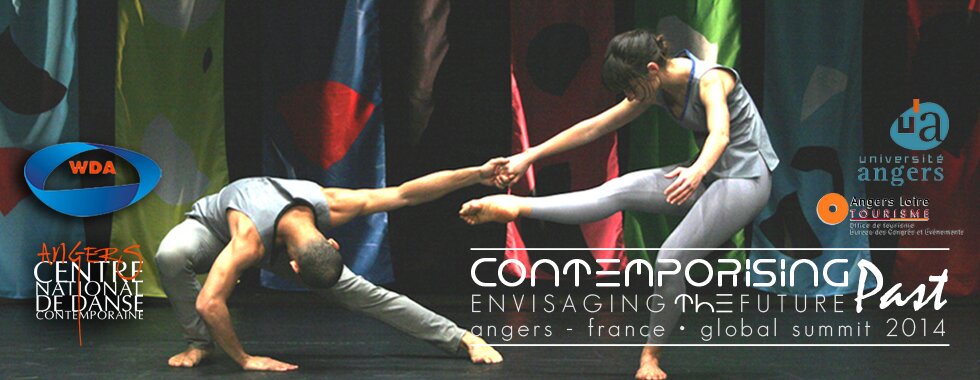Archiving the Body, The Body as Archive: Postmodern Dance as Acts of Memory
In 2012, Jennifer Monson instigated ‘Live Dancing Archive’, an extensive performance, online catalogue and video installation project that mines and presents her own dance history. In the performance, Monson draws on kinesthetic and mental memories of previous dance occurrences, revisiting and making visible the physical and systemic histories housed in her dancing body, alongside video projection of previous projects. Utilizing the embodied knowledge of improvisation and years of choreographic research, the project investigates the body’s capacity to index, organise and integrate experience. In this paper I will explore the performative potential of conceiving of performance as an archive of the body, examining performance as a temporal site for documenting, contemplating and cataloging corporeal experience. Taking Monson’s process and contentions as a starting point, I will consider the implications of this suggestion, discussing it in relation to Diana Taylor’s differentiation of the ‘archive’ and the ‘repertoire’. In so doing, I will consider the continued revisiting of choreographic work as an ‘act of transfer’, as Taylor explains it, as well as an act of self-recognition. Looking at Meredith Monk’s seminal solo from Education of the Girlchild (1973) – a work that she has returned to throughout her forty-year performance career – as an embodied archive, I will suggest that dance compositions can serve as spaces for self-reflection and the active re-imagining of the representation of subjectivity.
En 2012, Jennifer Monson a été à l’origine de Live Dancing Archive − une performance considérable, un catalogue en ligne, un projet d’installation vidéo qui exploite et présente sa propre histoire de la danse. Dans la représentation, Monson fait appel à la kinesthésique et aux souvenirs de situations dansées antérieures, revisitant et rendant visible l’histoire physique et systémique contenue dans son corps, avec des projections vidéo de projets plus anciens. En utilisant le savoir corporellement intégré d’improvisation et des années de recherche chorégraphique, le projet explore la capacité du corps à indexer, organiser et intégrer l’expérience. Dans cet article, j’étudie le potentiel performatif de la conception d’une représentation en tant qu’archive du corps, en examinant cette dernière comme un site temporel pour examiner en détail l’expérience corporelle, la penser et la classer. En partant du procédé et des affirmations de Monson, je considère les implications de cette suggestion, les traitant en liaison avec la différence faite par Diana Taylor entre archive et répertoire. Ce faisant, je considère le fait de continuer à revisiter une œuvre chorégraphique comme un acte de transfert, ainsi que l’explique Taylor, aussi bien que comme un acte d’autoreconnaissance. En regardant cette œuvre fondatrice qu’est le spectacle solo de Meredith Monk Education of the Girlchild (1973) – une œuvre sur laquelle elle est revenue pendant ses quarante ans de carrière dans le spectacle – comme une archive incarnée, j’avance que les compositions de danse peuvent servir d’espaces pour l’autoréflexion et l’imagination renouvelée de façon active de la représentation de la subjectivité.
Alison Bory
Davidson College (NC)

